SOCIAL LISTENING: MG India and life in the Fast Lane!
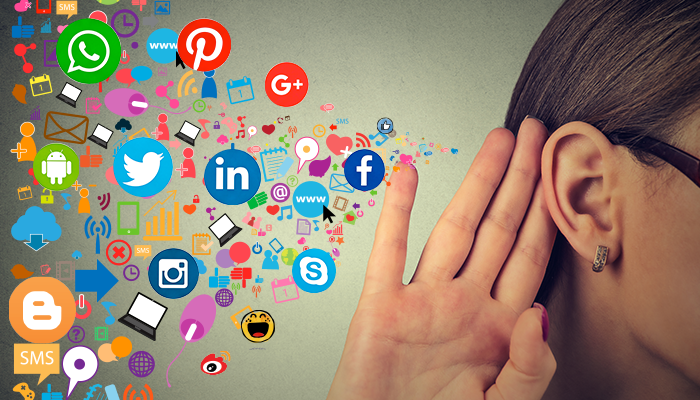
MG, the Iconic British brand was born in 1924. The brand won following for its “sporty” performance cars, winning awards on the track as well as off it.
In 2005, MG was taken over by Nanjiang Automobile Group, (which merged into SIAC- the world’s 7th largest auto manufacturer). The brand started manufacturing for the Chinese market in 2007 and since then has started to make its way into many international markets.
India Operations: With the inauguration of its first manufacturing facility in September 2017 in Halol, Gujarat, MG is now fully operational in India. It launched the Hector model in June 2019 and followed that up in Jan 2020 with its Electric SUV Variant, the MG ZS EV, India's First Pure Electric Internet SUV.
So how is MG doing on Social media?
In the last 90, days, the brand in India has had about 19K mentions on social media. Driven by Twitter. These posts have reached a potential audience of almost 500Mn combined.
Driven mostly by announcements on the all electric SUV, the brand has garnered a lot of positive mentions.
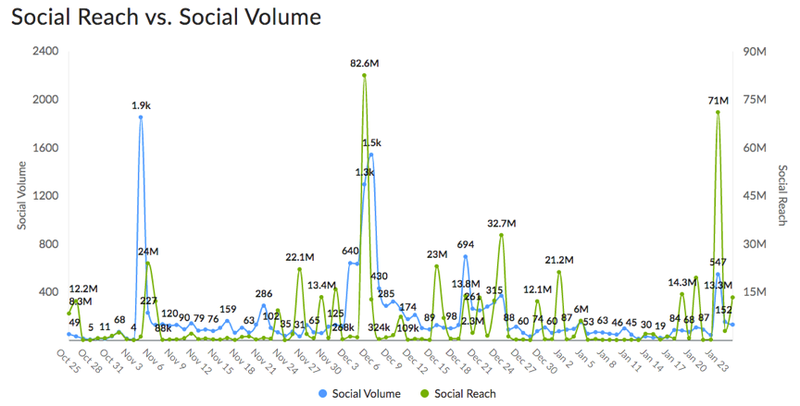
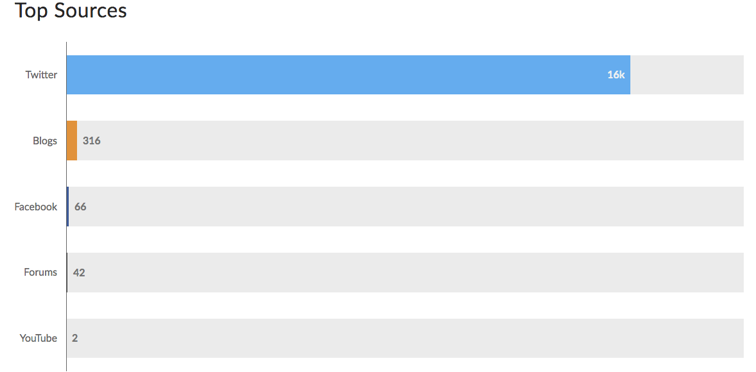
The brand has had nearly 45% positive mentions and 9.4% negative mentions in this period. We can loosely calculate a NPS (Net Preference Score) of 36% which is standout in the category.
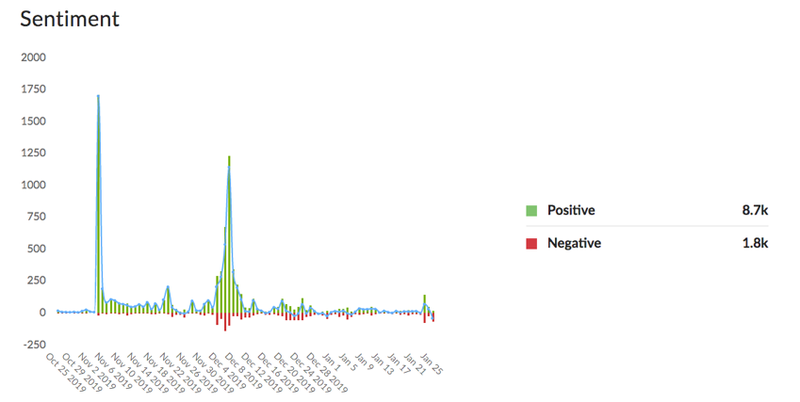
We then delved deeper into each medium to understand what was the voice of the brand, its messages and its engagement.
Twitter: Product/ Events
On Twitter, the brand is focusing heavily on the Electric Vehicle launch and pricing. A lot of posts around the environment and being a conscious consumer. These posts are interspersed by themes around Jan 26/ the Tripoto “Homecoming” series and events in Gujarat (since their plant is in Halol), the Gujarat marathon featured in the posts. The posts are of pretty high quality, understandably since there is significant usage of the brand ambassador Benedict Cumberbatch.
However the brand falls into a monologue trap here. And is using Twitter to promote the product, not the brand or its position, Twitter is best used in a “topical” manner, where the brand integrates its voice into immediate themes. Here MG’s twitter handle stands out as a sore thumb, unable to integrate into the community.
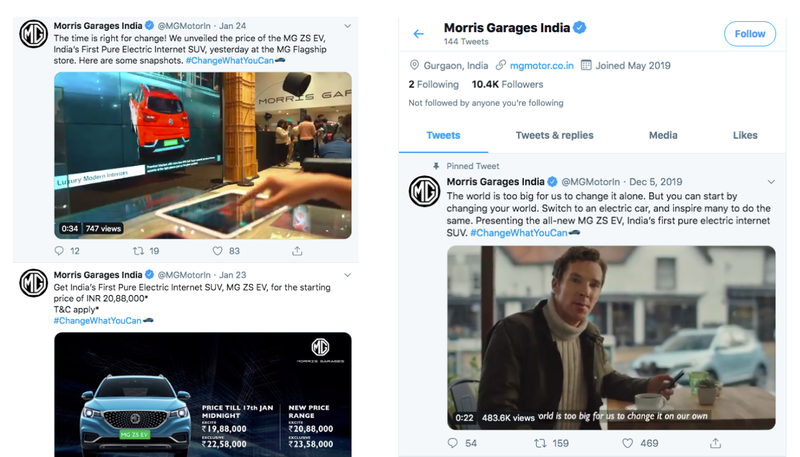
Facebook:
On FB, we think the brand does a better job. It uses videos very well to highlight product, events, Tripoto promotions. The content with the brand seem very well suited to FB. There is high engagement and the brand has responded very well to its audience here.
The brand also uses FB very well to announce and promote its driving experiences. (See images below).
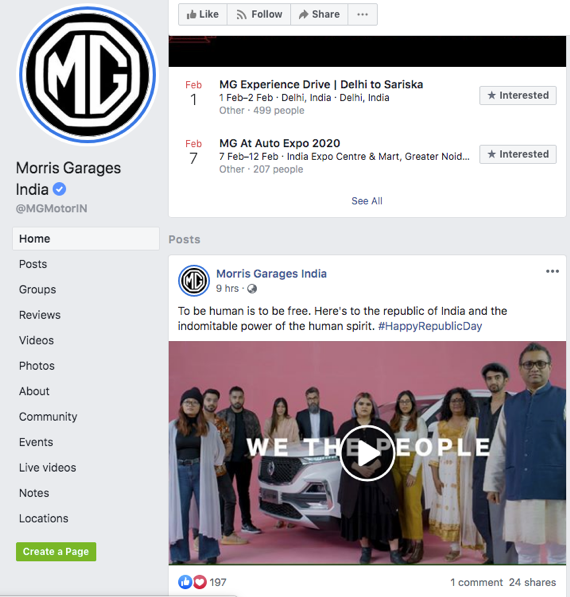
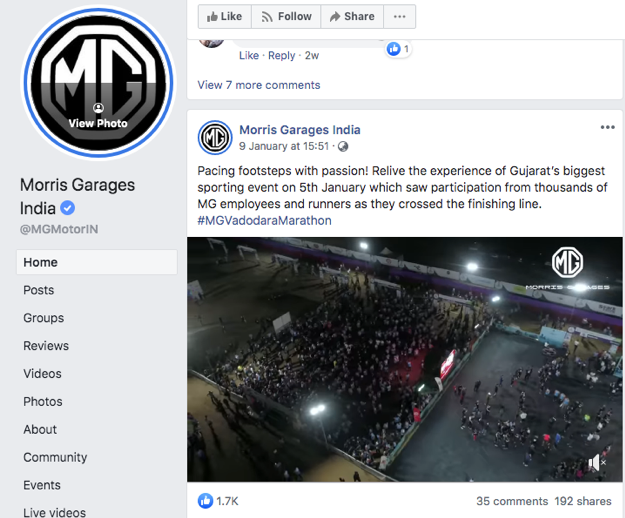
Instagram:
The content approach on Insta, like on Twitter has some drawbacks. Insta is a format designed to work with images. Yes, brands are using videos as well.
But on a platform designed to promote brand connect via images:
- Why are the same FB videos used here, as well as on Twitter. The quality and resolution of the videos isn’t consistently high.
- There is a lot of “consumer” generated content, but again the quality of these images is low. Consumers have used available equipment. We think the brand should have invested in professional photographers and equipment to capture these moments.
- The themes in Insta are the same as used in Twitter and Facebook. Given that the Insta audience is definitely younger than that of both the other platforms, we ask the question why the brand has overlooked this?
A brand investing heavily in its marketing, and willing to be present across different consumer engagement platforms, should definitely have the ability to create platform audience relevant content.
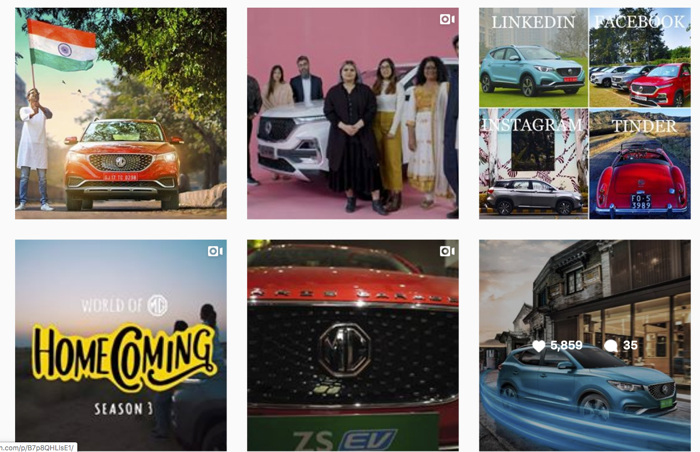
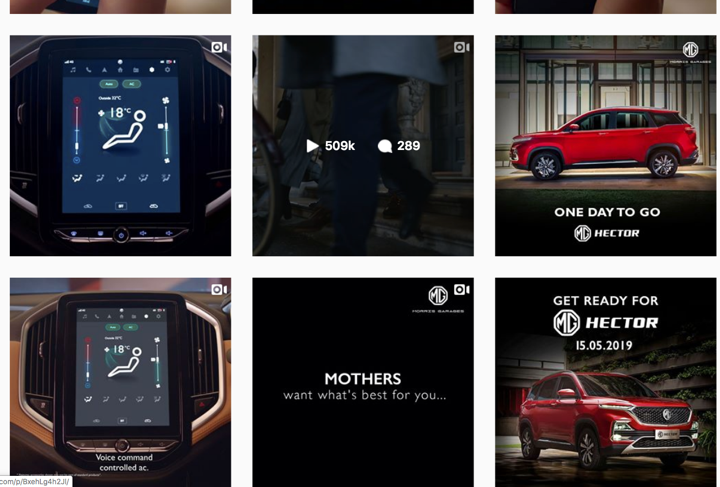
Conclusion:
The MG brand in India has definitely caught the imagination of the consumers with products that are stylish, affordable, and in the case of the EV, highly innovative and relevant. With their brand ambassador, they have made a very high impact entry in the market.
Their TV spends have been among the highest in the category.
While doing all this to establish itself, the brand appears to have given social media a slightly shorter shrift. A deeper understanding of each platform, and working closer with consumers to create attractive, relevant content could amplify what is a very aggressive and high intensity campaign.
